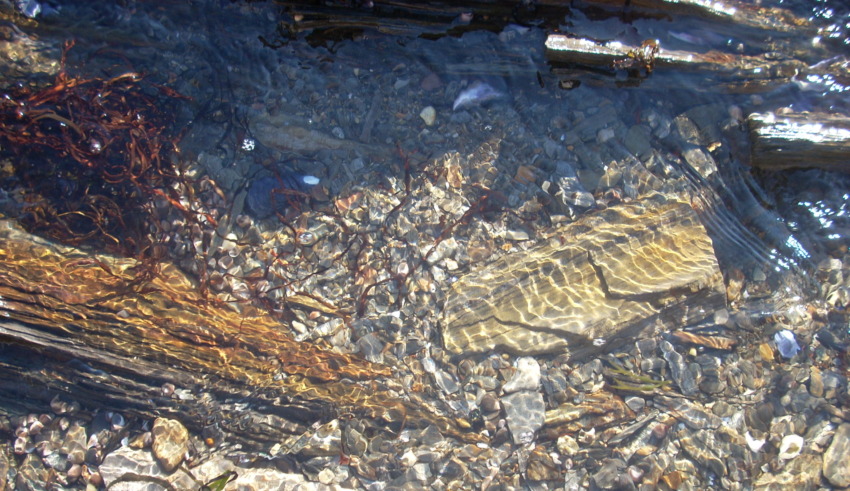
George: [pause] Totally different! This is … I’m just being with it. I’m just here. I’m hanging with it. [pause] This has an element of effortlessness. The rescuer does not feel effortless.
Steve: That’s exactly right! So you’re in a caring role at work. And you’re a caring person. How can you be this without getting burnt out? What if the answer is coming from this place of effortlessly being care as opposed to coming from the rescuer? The rescuer has a great positive intention, but that part gets burned out.
Comment: I take the opportunity here to circle back to his work situation where he can experiment with this new way of being, with this effortless care, and without the need to prove his value through doing things for other people.
Steve: So we need to begin to wrap up this conversation. Can we shift into meta conversation here?
Comment: In an Aletheia Coaching conversation we are practicing unfolding with the client. At this point, we are shifting from focusing on what is arising in his direct experience to talk about what just unfolded. I usually reserve the last five minutes of the coaching conversation for this, which I call the meta-conversation. This is an opportunity for me to understand how this practice was for the client and to clarify micro-practices that they can do in the next five hours while the reconsolidation window is open.
George: Yeah.
Steve: So how was this for you?
George: [pause] It was very doable. I went into this conversation asking myself if I have the energy for this conversation today. But the conversation itself was natural and energizing.
Steve: Yeah. We’re really not pushing against anything here. Really the practice can be effortless.
George: Yeah. It wasn’t demanding for me to go through that.
Steve: It’s a great lesson to learn. [pause] There are two micro-practices for you to do in the next five hours. The first is lying down, allowing yourself to relax and feeling the sweet soft care that you are. You might do this for a few minutes every hour or so. Is that doable?
George: Yes, it is.
Steve: The other integrating experiment is checking in with the hurt part in a few hours, like you said you would. You are fostering a relationship with this part. Continuing to explore what it’s like for this part to play and to not feel so lonely. Ask the part how it feels and simply mirror that back in a way that the part feels seen by you.
George: Thank you, Steve.
Steve: You’re welcome. The next time we meet, I want to hear what it is like for you to simply be this sweet soft care at work. What is the difference you notice, especially in your sense of value?
George: I’m excited to try it out.
Download Article 1K Club
















